The mobile gaming landscape has transformed in recent years, with smartphone gamers looking for ways to move beyond pure touchscreen play. You know how it is. You're trying to nail that perfect combo in a fighting game or line up a clutch shot in a first-person shooter, and your thumbs just can't deliver the precision you need on glass. That pain point has pushed a wave of dedicated accessories into everyday carry.
The numbers back it up. Research indicating the global mobile game controllers market was valued at USD 5.14 billion in 2024 shows how this shift toward precision gaming carved out a new industry segment. Pair that with approximately 68% of smartphone users now engaging in gaming activities, and mobile gaming stops looking casual. It looks serious. That scale has fueled controller innovation, with manufacturers finally tackling portability and integration instead of treating them as afterthoughts.
Among the latest ideas turning heads is a magnetic controller that brings Game Boy-style controls straight to your phone. No bulk, no fuss, just snap on and play.
The magnetic attachment revolution
Traditional mobile controllers have always faced a design paradox. They must be big enough for real control, yet small enough to carry. Most make you choose, either bulky performance or pocketable compromise. The predictable outcome, a gadget that lives in a drawer.
The magnetic approach flips that script by leaning on MagSafe for everyday integration. The MCON controller attaches via MagSafe, requiring no clamps or case removal, just a secure, instant connection. Setup friction drops to almost nothing, so the controller feels like part of the phone rather than a separate device you grudgingly strap on. Clamp-based designs fight with cases and finicky mounting. Magnetic attachment just works with your current setup.
It is not only for Apple users either. The controller includes a MagSafe adapter that functions as a magnetic disk for non-MagSafe devices, which opens the door for Android phones and older iPhones. That cross-platform reach gives magnetic controllers a shot at users who skipped clamps and clips altogether.
Worried about magnets letting go mid-match. Fair. But demonstrations show these controllers holding firm, even with tablet-sized devices, during active play. The bond feels tuned for real gaming, not just a light tap-and-go attachment.
Game Boy nostalgia meets modern innovation
The design taps into something familiar. Game Boy-like buttons and proportions trigger long-built muscle memory, so jumping in feels natural, not like learning a new instrument.
The controller features shoulder buttons reminiscent of classic handheld gaming devices, making strafing and shooting in games much easier. Modern mobile games borrow complex control schemes from consoles, and those shoulder inputs turn frustration into clean execution.
Under the hood, the throwback look meets new tech. Hall-effect joysticks use magnetic sensors for pinpoint accuracy and longevity, avoiding the dreaded stick drift that plagues traditional joysticks. No grinding potentiometers, no creeping input. It is the failure point that keeps killing controllers, addressed at the source.
Build quality matters too. Buttons that are crisp and responsive, mimicking the feel of premium console controllers give the experience that snap your thumbs want. Serious play needs serious feel.
Market dynamics and consumer adoption
The market data shows a broad base of interest, not just a niche. Regional adoption data shows North America accounts for 32% of the global market while Asia-Pacific holds 31%. Different regions, different ecosystems, similar appetite for better controls.
Why do people buy controllers. To play better. Nearly 70% of gamers using controllers to improve performance suggests these purchases are upgrades, not novelties. That focus on results makes convenience a deciding factor, which is where magnetic snap-on gear shines.
Connectivity trends help too. Wireless Bluetooth controllers account for nearly 62% of the global mobile game controllers market. Magnetic controllers ride that wireless preference while removing the last annoyances around latches, clamps, and storage.
Technical specifications and user experience
The engineering tells a bigger story about everyday use. When folded, the controller collapses into a slim battery-pack shape that slips easily into your pocket. That shifts the value from something you carry only for trips to something you keep on you, just in case a five-minute break turns into a dungeon run.
Power is sorted, not fussy. A 450mAh battery and USB-C charging providing lag-free Bluetooth performance means fewer charge-anxiety moments and more stable play sessions. Long enough for real gaming, quick enough to top off.
Comfort gets the same treatment. Fold-out handles that offer ergonomic comfort for extended play keep your hands from cramping during hour-long sessions, then disappear when you are done.
It is not limited to phones either. Support spanning iOS, Android, Xbox, PC, and Mac, plus a MagSafe adapter included for non-MagSafe devices makes the purchase easier to justify. One controller, many screens.
What this means for mobile gaming's future
Magnetic controllers signal that mobile gaming hardware is catching up to the software push. Crowdfunding shows it, with Kickstarter campaigns launching with modest goals but reaching over $1.6 million. The community is voting with its wallet, and the vote says input is the bottleneck.
There is a ripple effect across accessories. Magnetic systems could encourage modular add-ons that feel native, from camera grips to keyboards, all with the same quick click that makes controllers so approachable.
Game studios benefit too. As more players get precise inputs, developers can design with classic controls in mind without tiptoeing around touchscreen limits. That frees up ambition, which is how we get richer mobile worlds.
Bottom line, magnetic controllers bring together improved magnetic materials, miniaturized electronics, and a mature mobile audience into a solution that feels inevitable. Early response hints at a new standard for mobile play, one that shifts how we think about smartphones, and where the line between console and pocket device really sits.




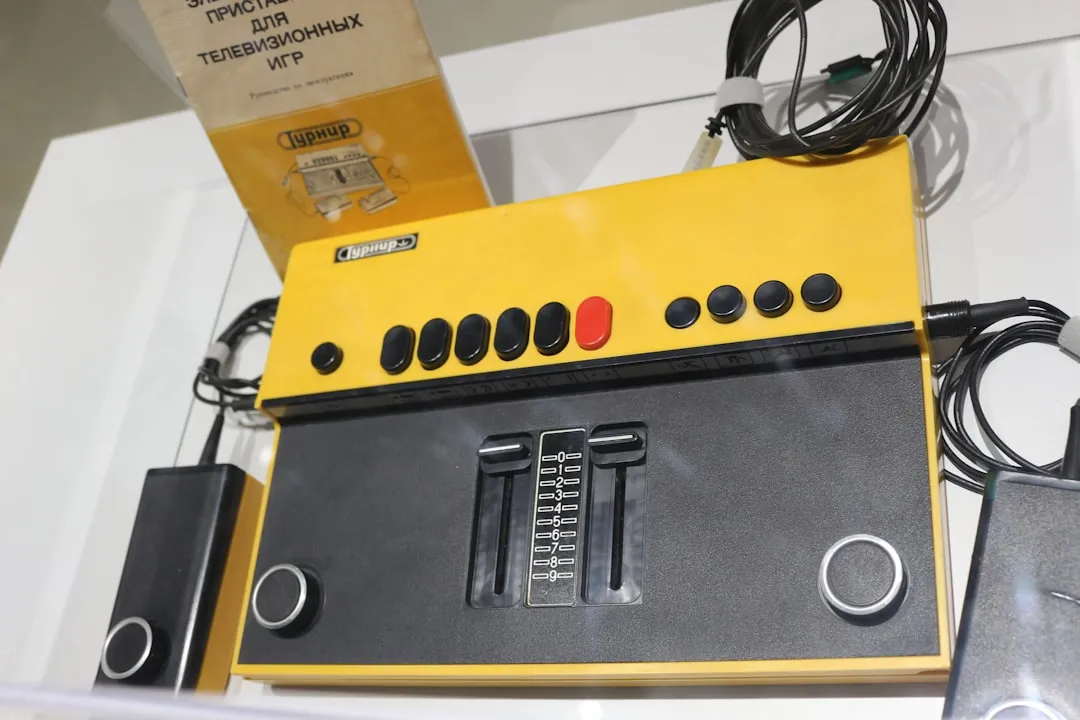
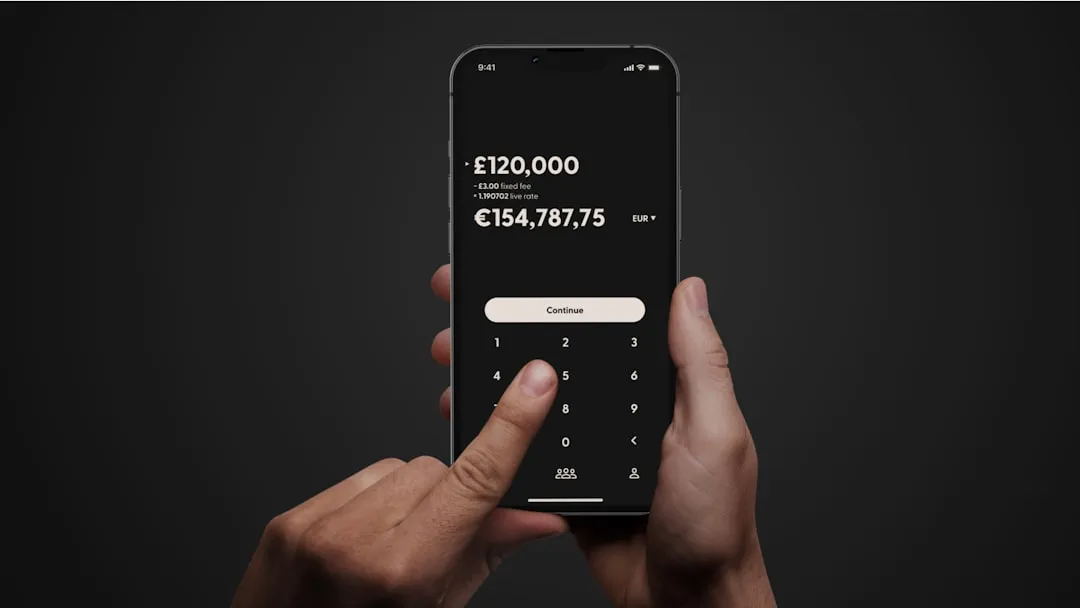
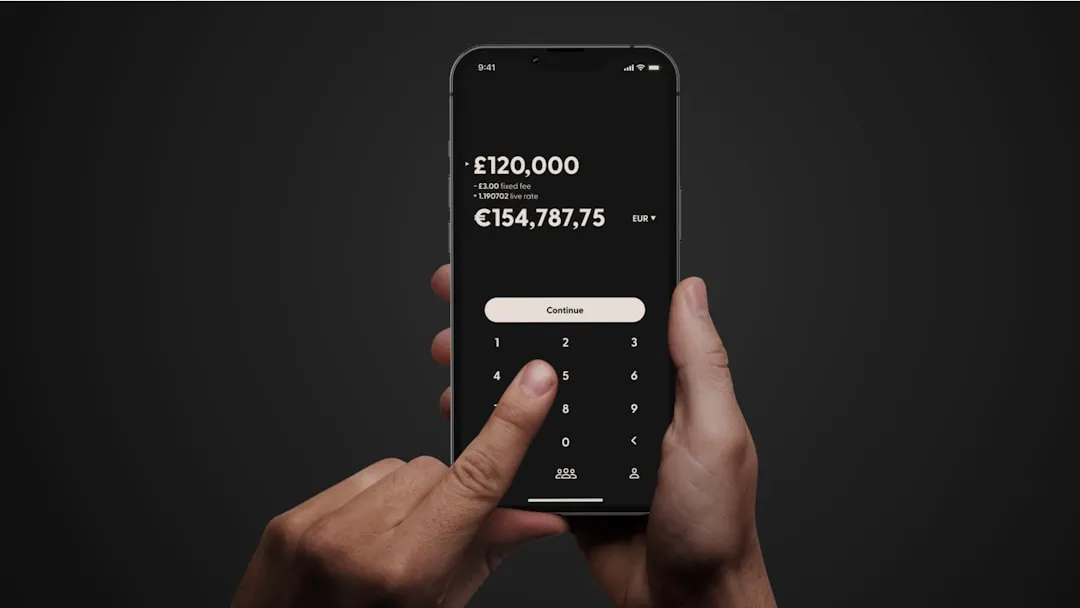
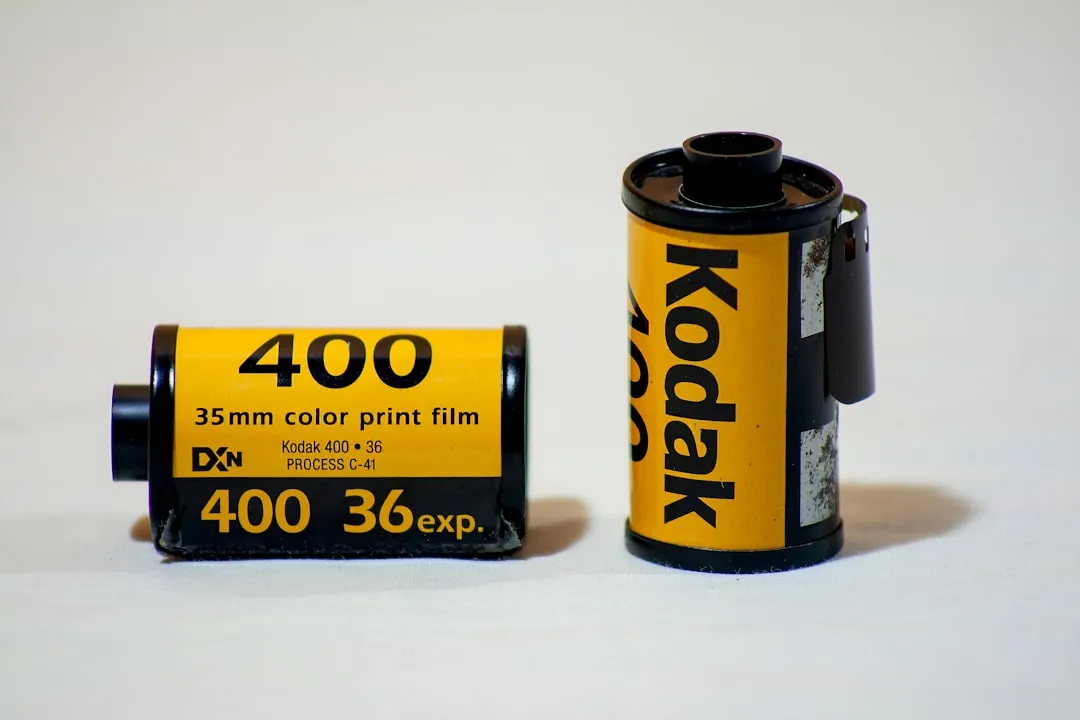
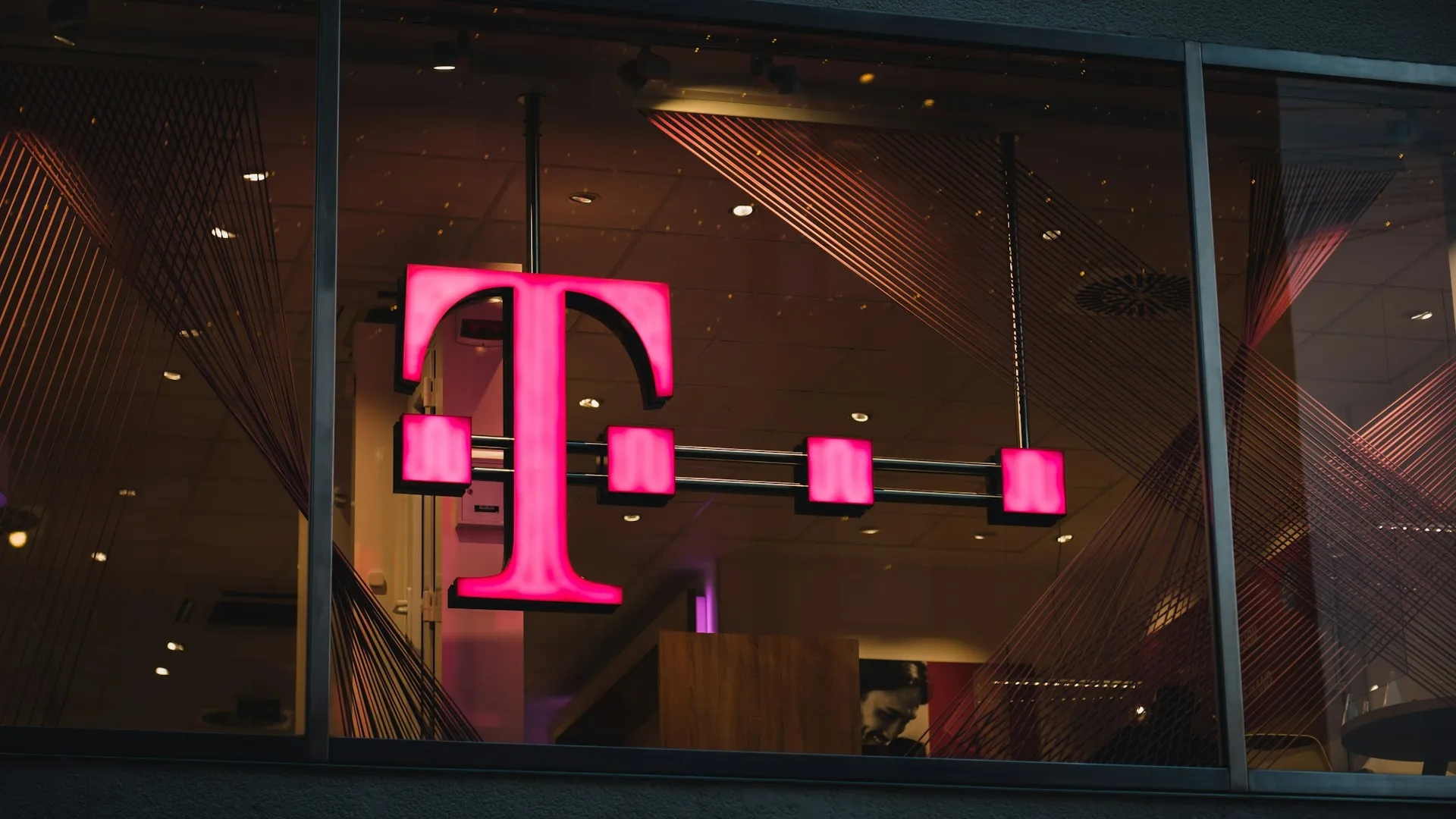
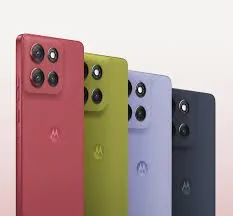
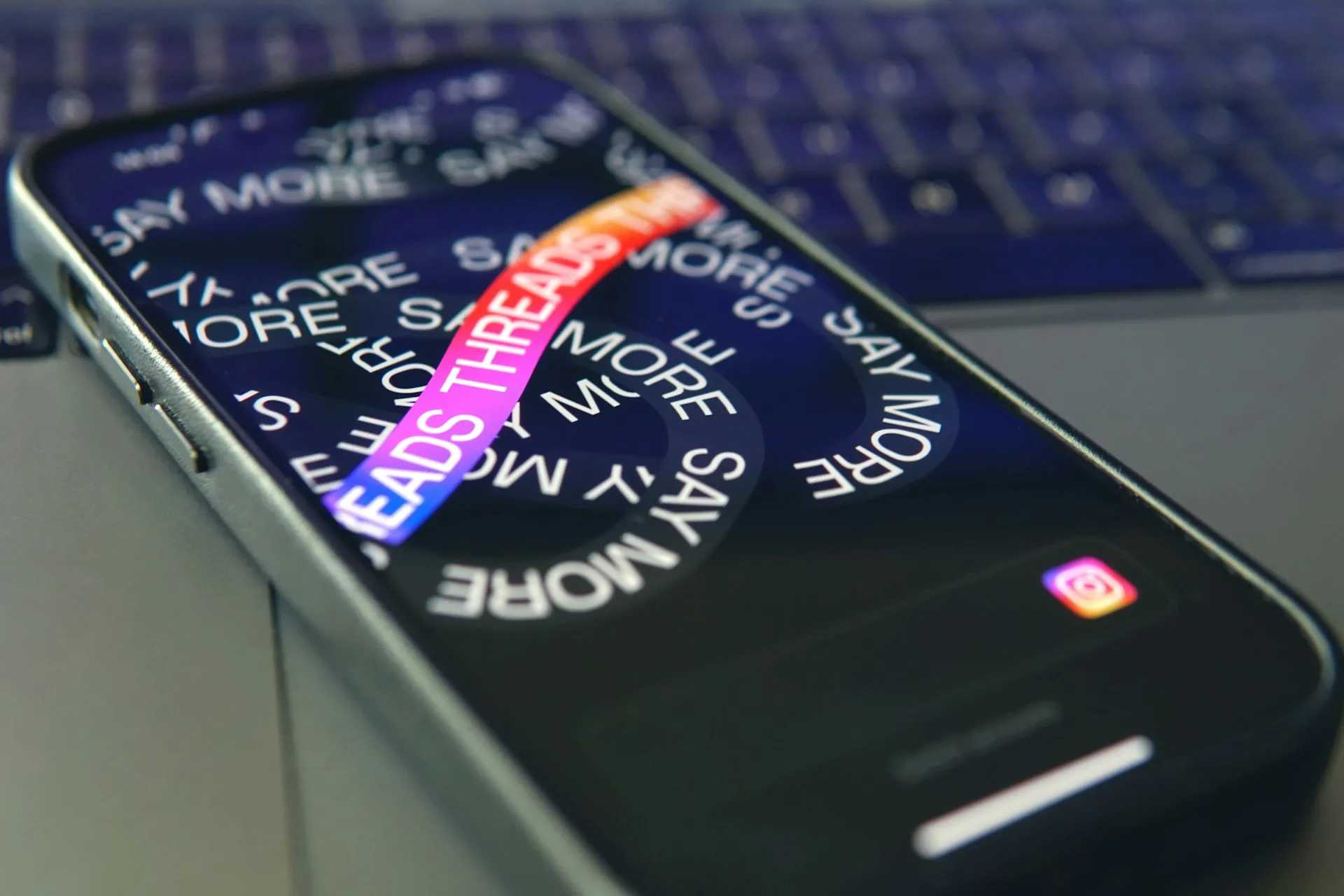

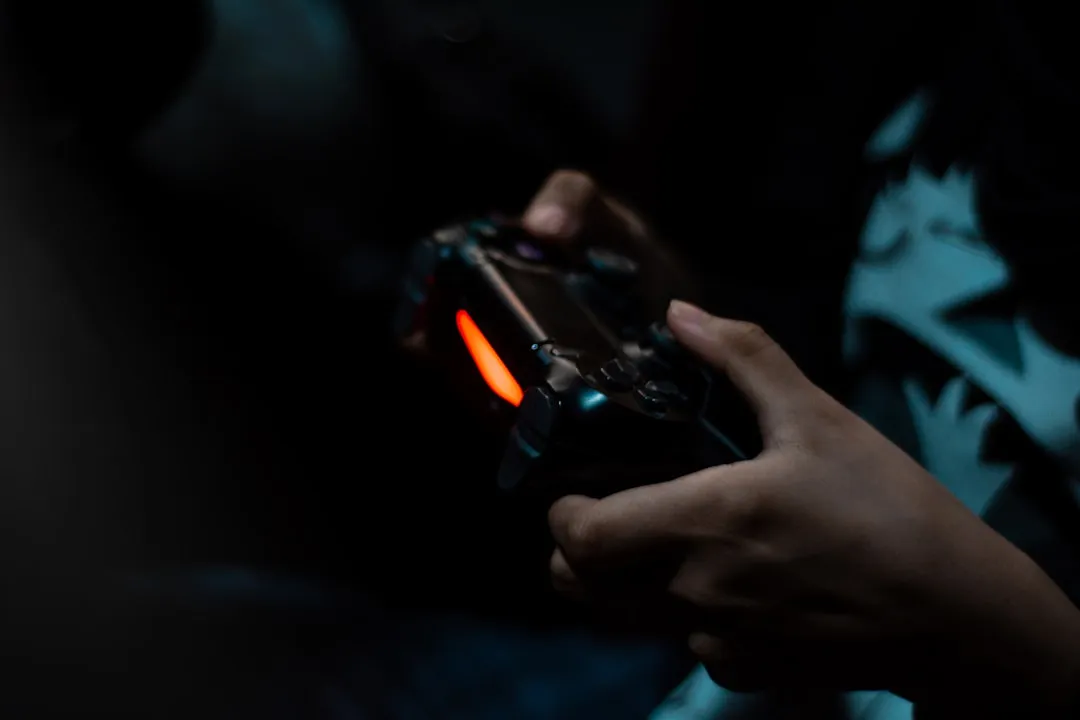
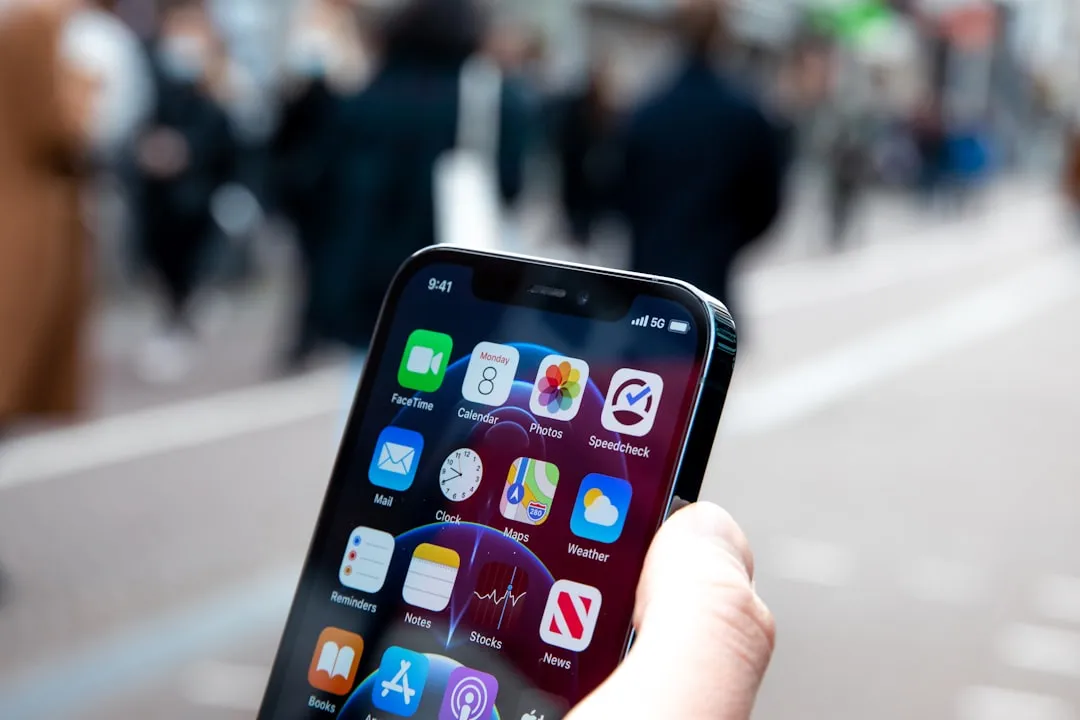
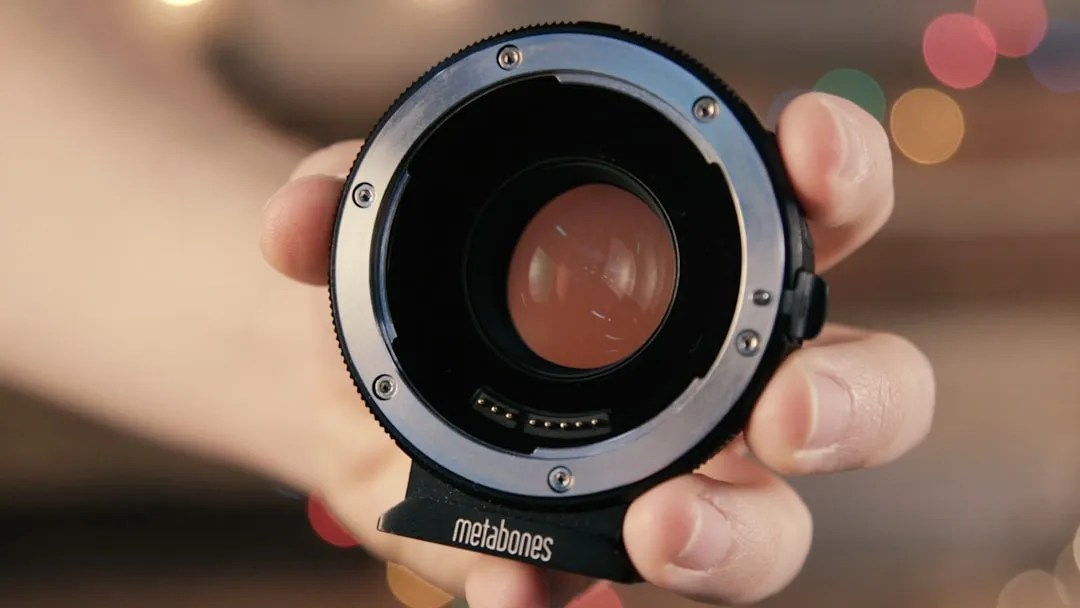
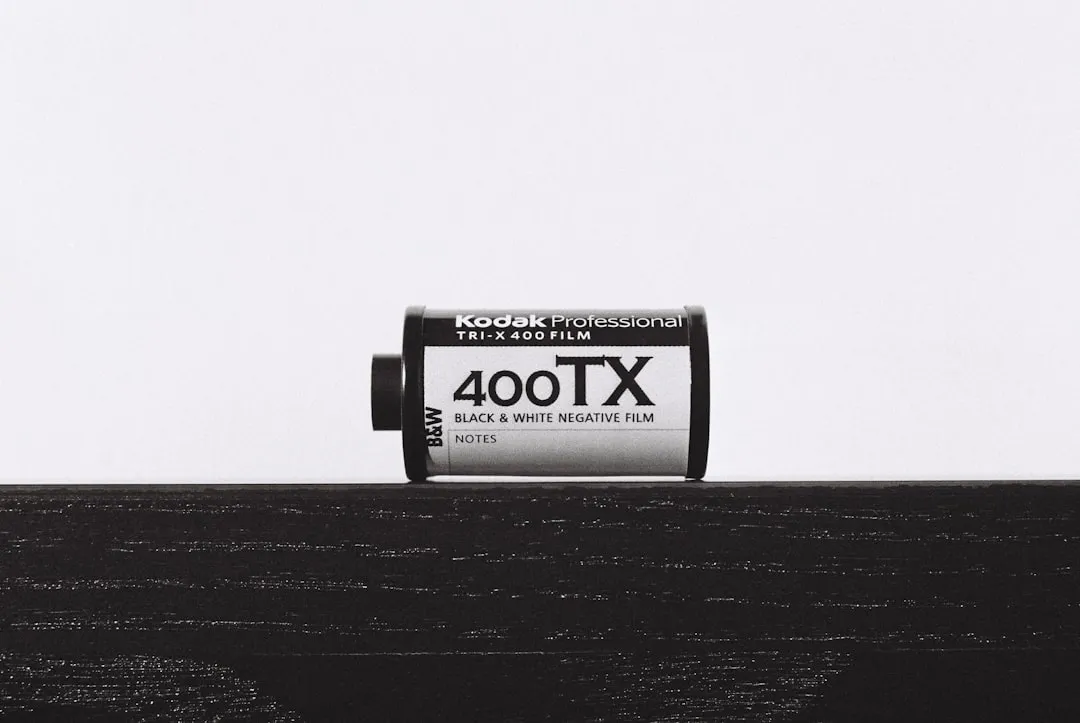

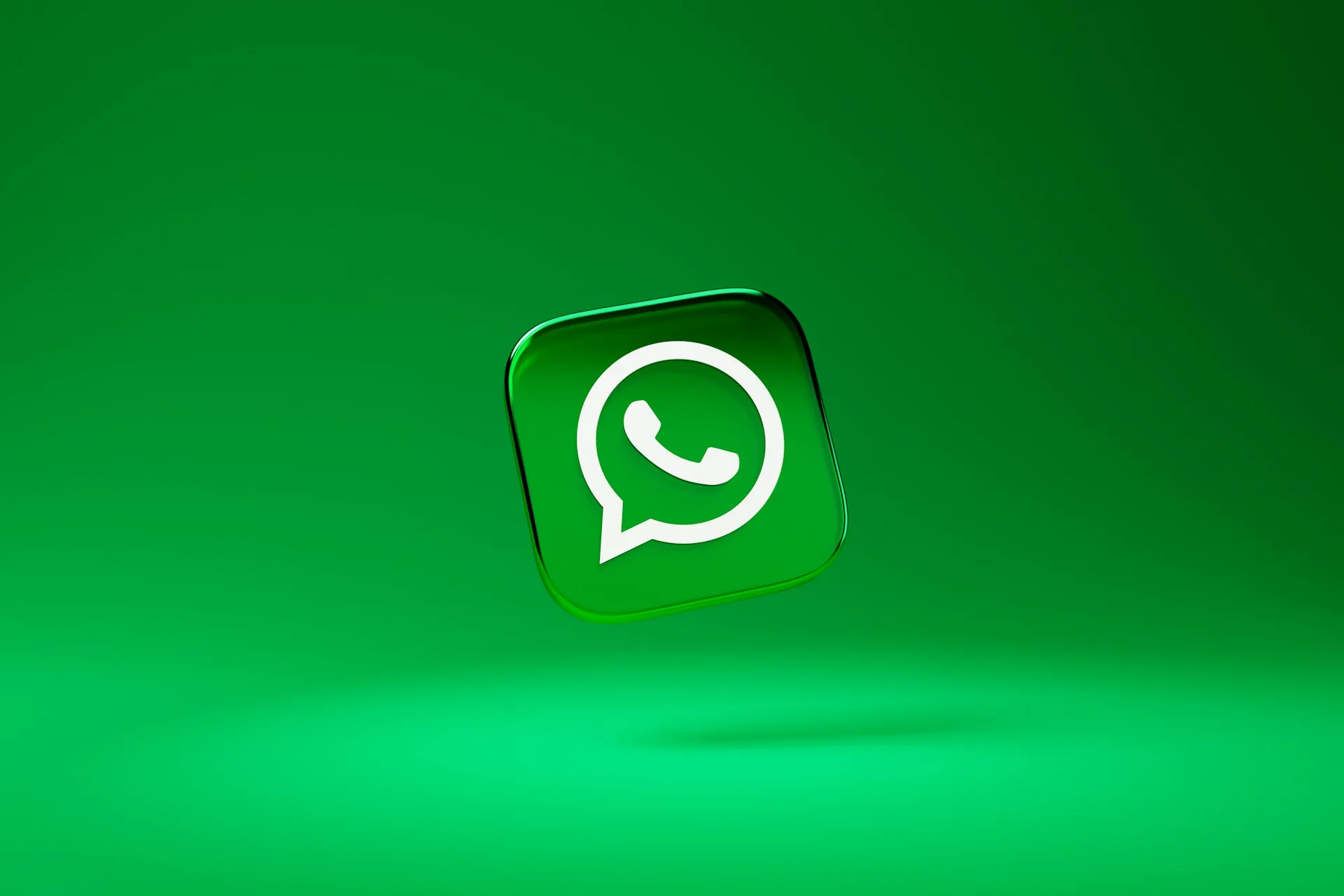
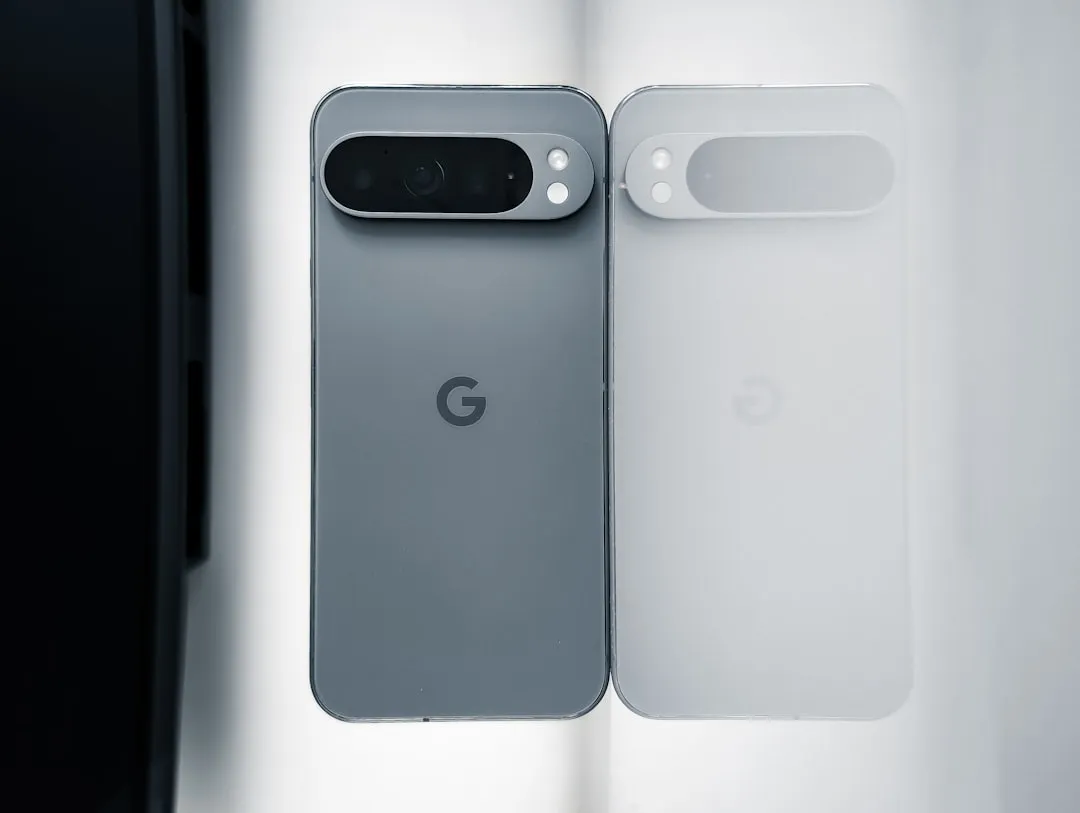
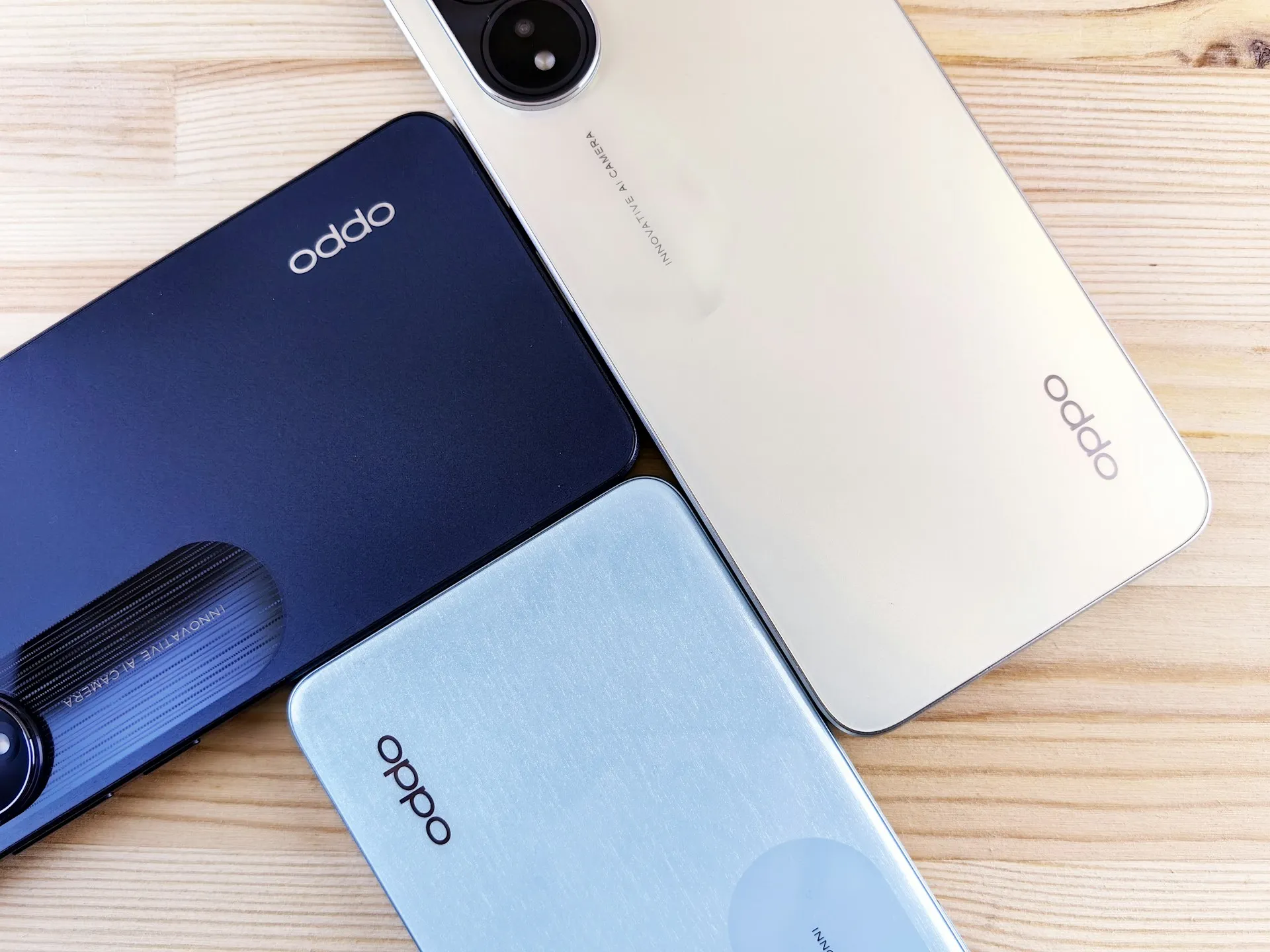

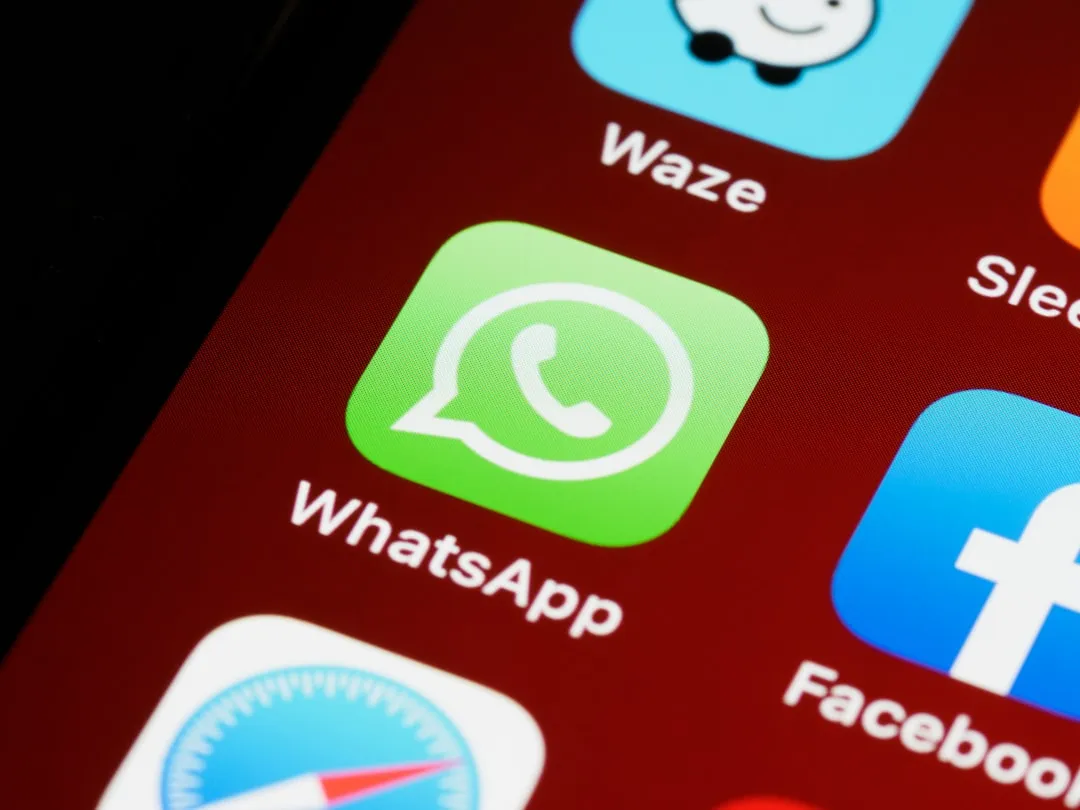
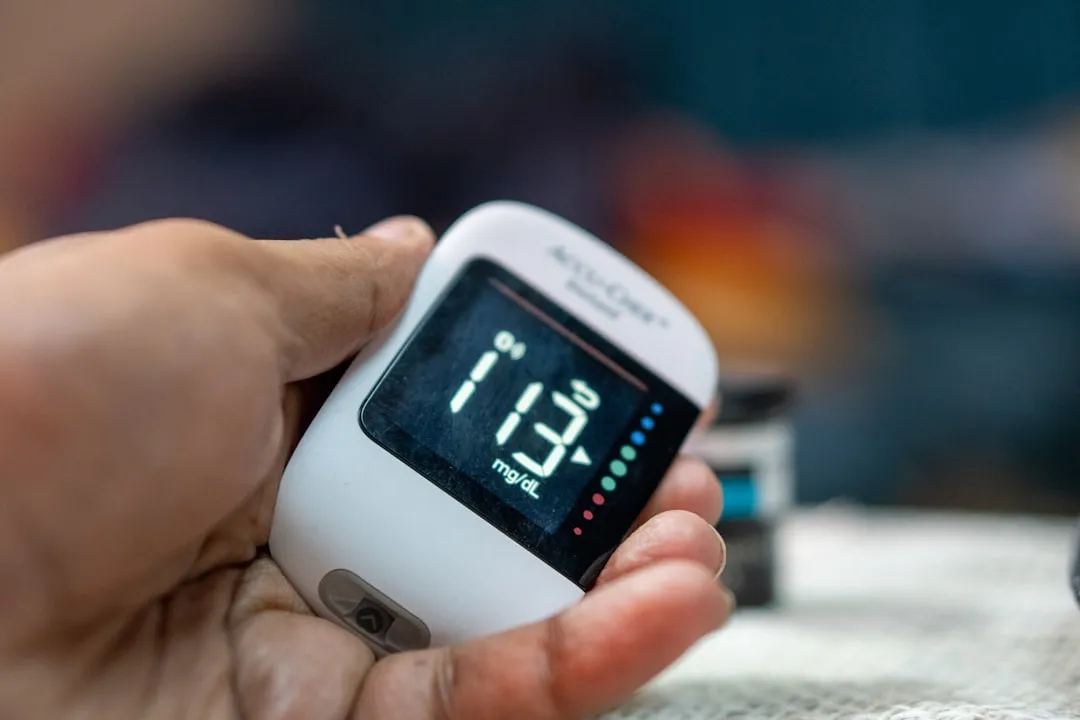

Comments
Be the first, drop a comment!